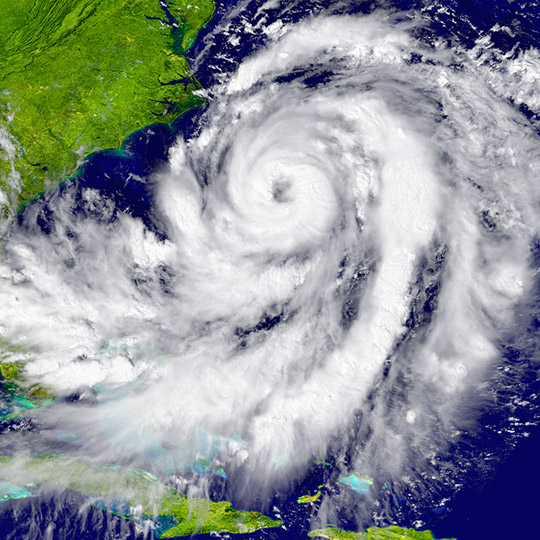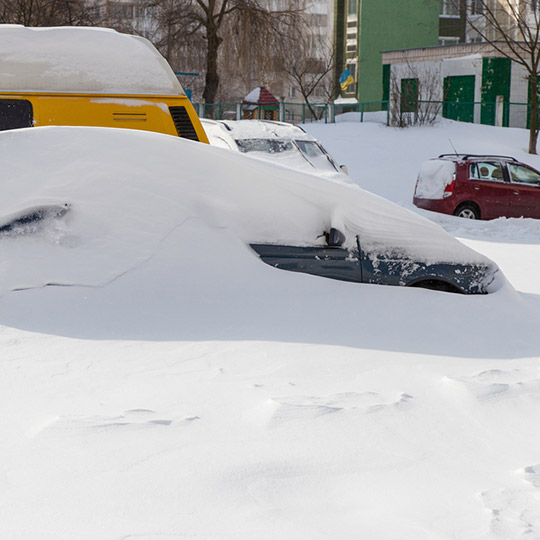Severe Weather
Thunderstorms result from moist, rising air that lifts high into the atmosphere where it condenses into tall cumulonimbus clouds and produces heavy rain, lightning, hail, and sometimes tornadoes. They have three stages: cumulus stage, mature stage and dissipating stage. They are sometimes referred to as electrical storms because of lightning.

Source: oriontrail2/Bigstock.com
A tornado is a violent column of air that descends from a thunderstorm and comes into contact with the ground. Tornadoes are observed mostly in the Great Plains and Midwest, but they do occur in other parts of the U. S. They typically last just a few minutes but have been known to last longer and can have winds speeds in excess of 200 mph.

Source: Minerva Studio/Bigstock.com
Hurricanes are one of the most destructive storms on Earth. Hurricane is the name that is used for tropical cyclones in the Gulf of Mexico, Caribbean Sea, Atlantic Ocean, and the eastern Pacific Ocean that have maximum sustained winds of 74 mph or greater. Hurricanes form over warm ocean water during the summer months and can move inland causing large paths of destruction. Hurricanes can be over 300 miles wide and have wind speeds over 155 mph. Damage from hurricanes comes from strong winds, heavy rains, and storm surge.

Source: harvepino/Bigstock.com
Winter weather can be severe as well. These are intense areas of low pressure during the winter months that typically affect the northern parts of the U.S. Winter storms usually produce heavy snow, ice, and/or sleet and can be accompanied by wind that sometimes results in blizzard conditions and brutally cold temperatures.

Source: Photozi/Bigstock.com